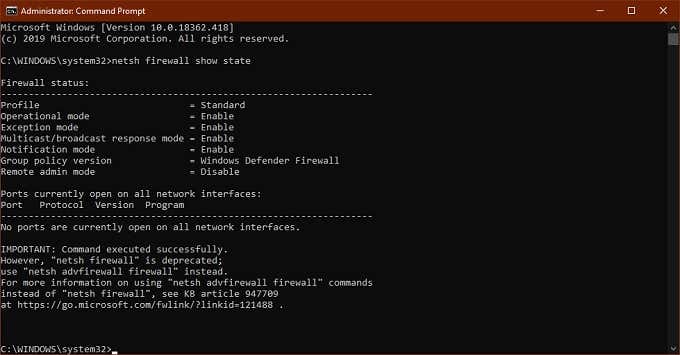
You can think of ports like doors to a house: your computer is at 1234 Daisy Lane and it has about 65,000 doors.

So, let’s use a little allegory to explain how port forwarding works. To fully understand it, you should also know that, thanks to NAT (Network access translation), all the internal devices share the same external IP address. The others can be assigned to the devices or applications of your choice, and this process is called port forwarding. In total, there are more than 65,000 different ports, but only about 1,000 are used regularly. Each service has its own port - for example, email servers usually use port 587 while websites use port 80.

Using ports lets a device run a myriad of different processes and services. Ports are how computers distinguish between multiple services listening on one computer. In this article, we’ll extensively explore the topic of port forwarding.
/how-to-port-forward-4163829-2b9af562716d480b99375518ff5c5c6a.png)
If you fail to secure a remote desktop connection, for example, someone could log into your computer from afar. Port forwarding solves all kinds of problems, but it can also be dangerous. This allows you (or someone else) to access something on your computer from the internet.
APP FOR MAC THAT LETS ME SEND NETWORK TRAFFIC ON SPECIFIC PORTS SOFTWARE
Whether you’re making a Minecraft game accessible to your friends or hosting a small website, port forwarding is a useful way to access software running on your computer remotely.Įssentially, port forwarding maps an external “port” on your internet-facing IP address to a particular computer on your local network.


 0 kommentar(er)
0 kommentar(er)
